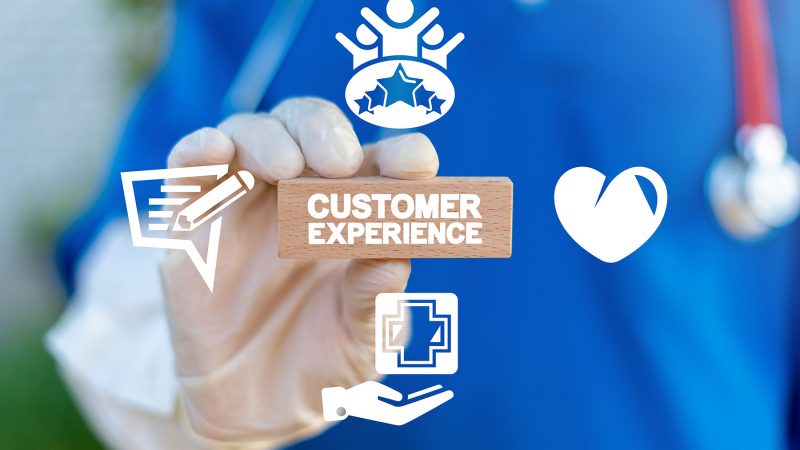December 8, 2019
Healthcare Marketing and Vanity URLs

The role technology plays in the healthcare sector has grown exponentially. Marketing automation has revolutionized how to identify, target, and convert consumers and patients through focused strategies.

In the universe of medical advertising, campaigns need to have carefully planned methodologies. This includes both offline and online efforts. That’s where directing prospects to a vanity URL comes into play.
What is a Vanity URL?
A vanity URL is a unique short link that is branded for marketing purposes. A business typically uses their brand name or the name of a campaign as a keyword in their vanity link. These are custom short links that exist to help users remember and locate a specific website or landing page. This makes vanity URLs easy to remember, share, and use.
Healthcare Marketing
Healthcare marketing is unique because you are dealing with highly sensitive information. In fact, if you go wrong, there may be a lawsuit. This can stifle many marketing tactics, especially when it comes to digital. People don’t like giving anyone their data related to healthcare. Security can be an issue.

Therefore, the approach to marketing in this sector is a little different. Unlike most industries in the modern world, healthcare marketing functions best with offline strategies. In fact, a recent Salesforce survey of 1,700 adults found that 76% of respondents set up appointments by phone, and only 7% percent did so online.
This means people want their privacy and everyone knows the digital universe is the last channel for that. Consequently, healthcare marketing relies heavily on tactics like:
- Television
- Radio
- Mailers
- Print advertising
However, if you think outside of the box, you can still drive traffic to your site in the physical world using vanity links.
Vanity URLs and Healthcare Marketing
Adding a vanity URL to a print ad is like a call-to-action requesting the patient complete their business online. This is usually scheduling an appointment. Although people do prefer doing this over the phone, modern business is moving in another direction.
Not only is it faster for a practice to use an online scheduling service, it saves on costs that can be passed down to the patient. Everyone wins, so it’s important to combine the two strategies to optimize your outcomes.
A vanity URL drives consumers to your site or campaign and tracks the success of each one. A healthcare marketer can segment their audience and create multiple vanity links to determine which content provides the most value. The more useful people find your content, the more likely they will follow directions. If your CTA asks them to log in, this increases the chances they will.

As time goes on, consumers will continue to adopt online appointment scheduling and vanity URLs are a great help. The growing tech generations and the market push makes it a certainty. Just look at how people schedule flights online as opposed to 25 years ago.
Future Trends in Healthcare Marketing
We’re slowly moving entirely to digital. Research shows that 77% of people perform online research before making a healthcare appointment. This means it’s crucial for your digital presence to make a good first impression.
Vanity links can help you collect the patients that are hesitant to move into a digital space. Through a positive online experience, you can show them it’s a safe and secure environment to do healthcare business.

Branded short links will also track which campaigns are weak so you can discontinue them rather than waste budget. On the contrary, they will also show you which vanity URLs are performing successfully. You can then use those links to branch out your efforts.
If it’s a campaign that did well on social media, now you can have confidence in spending money on a mailer. It’s cross-channel healthcare marketing at its best!
If you’re in the healthcare industry and you have questions on short links and digital marketing, comment below or reach out. We love to talk shop.







